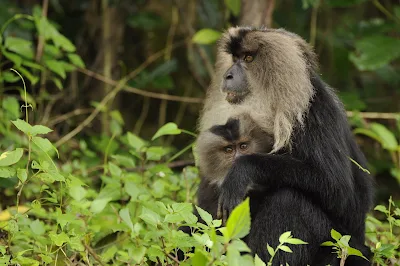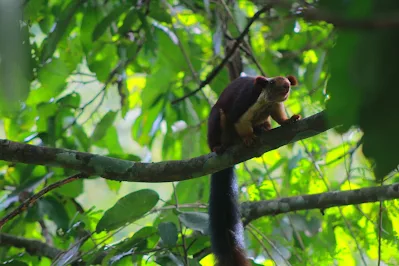India's Efforts to Combat Exotic Wildlife Trafficking: Strengthening International Security Networks
In recent discussions led by the Central Bureau of Investigation (CBI) and Interpol, the dire issue of exotic wildlife trafficking in India emerged as a grave challenge requiring immediate attention. This joint effort brought together experts from India, Bangladesh, Malaysia, Indonesia, and Thailand, with a collective aim of forging a united front against this illicit trade. The Indian delegation, comprised of officers from the CBI, Wildlife Crime Control Bureau (WCCB), and the Directorate of Revenue Intelligence, is on a mission to combat the multifaceted threat posed by the trafficking of exotic species.
Understanding Exotic Species Trade
Exotic species, defined as non-native animals or plants introduced into new environments, wreak havoc on ecological, economic, and health fronts. From vibrant birds to ancient reptiles and charismatic mammals, the list of trafficked species is extensive. Jose Louies, joint director and chief of wildlife crime control at the Wildlife Trust of India, sheds light on the motivations behind this trade. He states, “Exotic pet trade is all about acquiring non-native and rare species to showcase as status symbols. However, as these animals become more common in regional markets due to breeding, suppliers seek new, rarer species, perpetuating the cycle.”
Dr. Neil D’Cruze, head of wildlife research at World Animal Protection, adds another layer to the narrative, emphasizing the demand for specific body parts of exotic animals. “Illegal exotic trade is fueled by lucrative market demands beyond India's borders, with a focus on live animals and their body parts for luxury use as pets, decoration, entertainment, and traditional medicine.”
Species Caught in the Web
The illegal trade of native Indian species is a poignant aspect, with turtles and tortoises, particularly the Indian Star Tortoise, topping the list. HV Girisha, director of WCCB, highlights the severity of the issue, stating, “The Indian Star Tortoise, listed under Schedule IV of the Wild Life (Protection) Act, 1972, and Appendix II of CITES, is notably the most trafficked species in this illegal trade.” The WCCB's official list reveals a range of trafficked species, from the Albino Porcupine and Sugar Glider to the endangered Aldabra Tortoise and the captivating Marmoset Monkey.
Smuggling Routes: A Complex Web
The modus operandi of traffickers involves intricate land and air routes, with smuggling routes often exploiting porous borders. Tito Joseph from the Wildlife Protection Society of India details these routes, stating, “Land routes, especially via Mizoram, Manipur, and West Bengal from Myanmar and Bangladesh to India, are crucial for the movement of these illegally traded goods, offering traffickers a semblance of safety and ease in transportation.” Meanwhile, air trafficking relies on international flights, with major Indian airports serving as primary landing spots for illicit cargoes destined for Europe, the Middle East, the US, East, and Southeast Asia.
Collaborative Efforts and Legislative Measures
Addressing the surge in wildlife trafficking, Girisha stresses the need for a unified approach, emphasizing information exchange and collaboration across borders. Interpol's National Crime Bureau (NCB) serves as a pivotal conduit for communication among member countries, facilitating a coordinated response to dismantle illegal trade networks.
In response to this crisis, the Ministry of Environment, Forest, and Climate Change issued the Living Animal Species (Reporting and Registration) Rules 2024 on February 28. These rules mandate the reporting and electronic registration of possession of any animal species listed in Schedule IV to the Wild Life (Protection) Act, 1972. Girisha notes, “These regulations form a stringent yet essential framework designed for the states to enforce diligently, ensuring the trade remains regulated and within the bounds of legality.”
Impact and Urgent Need for Solutions
The impact of exotic wildlife trafficking extends beyond immediate threats to species survival. Louies underscores the detrimental effects on biodiversity in both source and destination countries, citing examples like the red-eared slider in India and Burmese Pythons in the Everglades. Furthermore, the trade increases the risk of zoonotic diseases, adding an additional layer of urgency as the world grapples with the consequences of habitat loss and climate change.
In conclusion, the fight against exotic wildlife trafficking demands a holistic approach, encompassing stringent legislative measures, international collaboration, and heightened awareness. The enforcement of rules and regulations, coupled with proactive investigations, is crucial to disrupt the networks and kingpins behind this illicit trade. As India takes a stand against this grave issue, the global community must unite to protect our planet's irreplaceable natural wonders.



